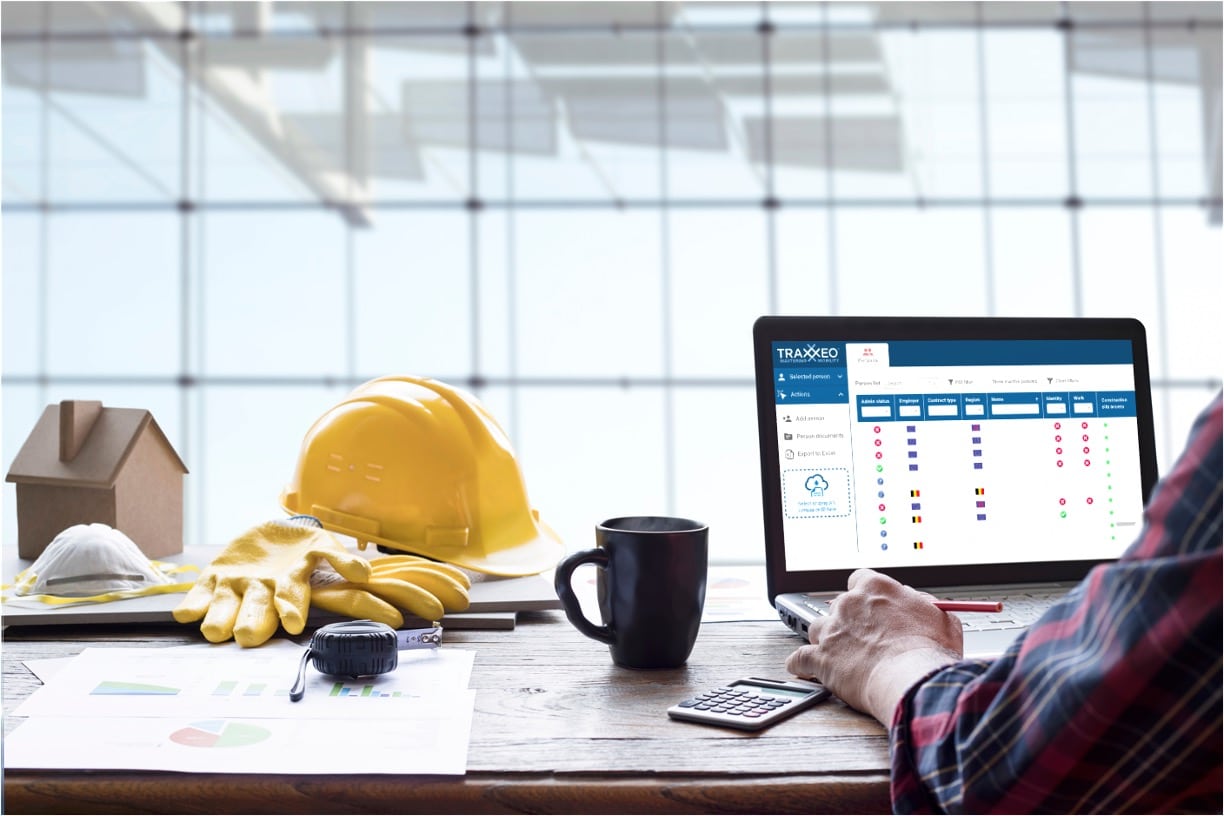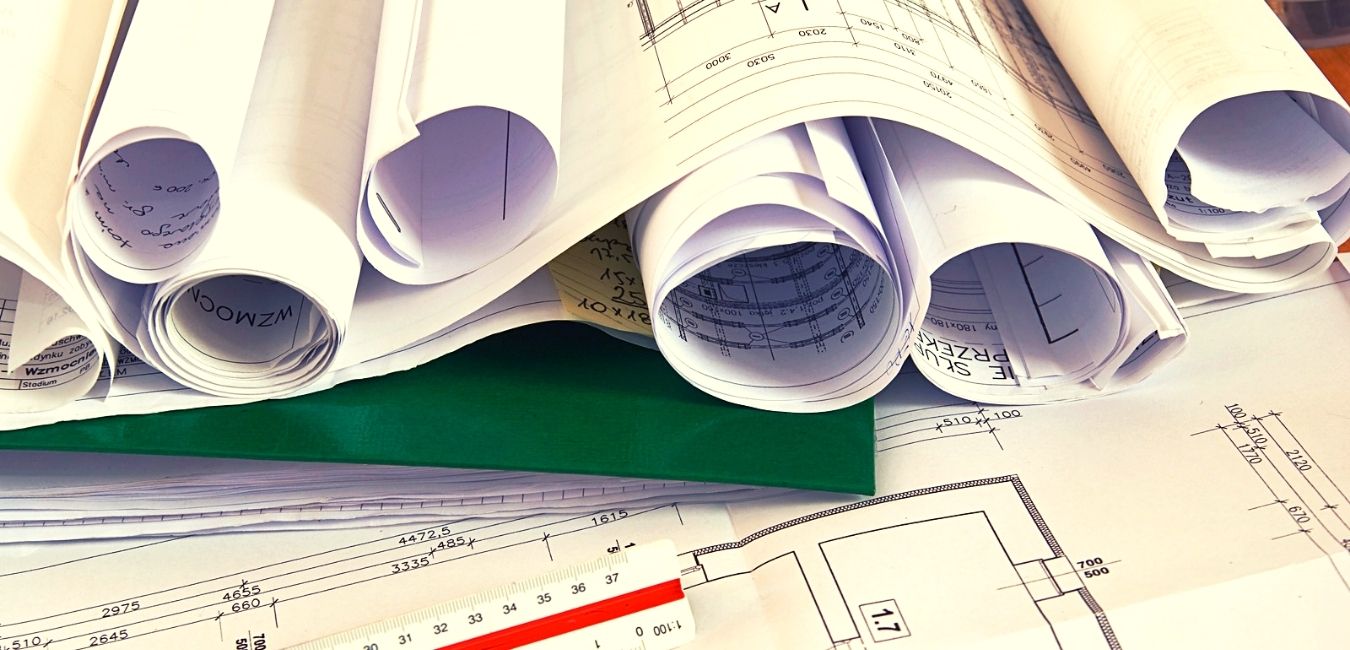Elevate Your Project Management: Construction Document Management Devices You Required
Elevate Your Project Management: Construction Document Management Devices You Required
Blog Article
Designer's Guide to Streamlining Building File Management for Reliable Task Execution
In the complex world of architecture and building, the reliable management of task paperwork stands as a keystone for success. Architects are charged with juggling a myriad of drawings, records, requirements, and agreements, all crucial elements for bringing a task to fulfillment. Nonetheless, the process of arranging, sharing, and maintaining these files can usually end up being a labyrinth of inefficiencies and troubles if not dealt with meticulously. By exploring organized approaches, cutting-edge tools, and market ideal practices, engineers can not only enhance their paper monitoring procedures but also pave the means for more reliable job execution. Let's navigate through the essential techniques and options that can transform exactly how designers take care of construction documents, guaranteeing projects are provided with accuracy and timeliness.
Value of Reliable Document Administration
Why is efficient file monitoring important for designers in the building and construction sector? Effective paper management is vital for engineers in the building and construction sector as it plays an essential role in guaranteeing the successful execution of tasks. Engineers handle a large array of documents, ranging from style illustrations and specifications to authorizations and contracts. Correct organization and monitoring of these papers are necessary to preserve job timelines, guarantee compliance with guidelines, and assist in efficient interaction among job stakeholders.

Efficient paper administration allows designers to accessibility critical info immediately, track task development precisely, and alleviate threats linked with errors or omissions. By implementing structured file management processes, architects can enhance partnership with clients, professionals, and various other employee, causing improved job outcomes and customer satisfaction.
Moreover, effective file monitoring assists engineers maintain a comprehensive task history, enabling them to leverage past experiences and lessons found out for future projects. In today's hectic construction industry, where timely decision-making and information sharing are vital, reliable file administration is a cornerstone for success.
Approaches for Streamlining Paper Company
Efficient file monitoring practices not only guarantee project success for engineers in the building and construction industry yet additionally lay the foundation for carrying out techniques for simplifying document company. To streamline document company efficiently, engineers should initially establish a clear identifying convention for data and folders. Uniformity in calling files based on project stages, paper kinds, and pertinent info will certainly help with easy access and minimize complication.
Making use of cloud-based storage space options can also enhance record company by offering a centralized location for all project-related documents - construction document management. This allows team members to access one of the most up-to-date papers from anywhere, promoting collaboration and effectiveness. Implementing variation control mechanisms better refines record company by tracking modifications, stopping clashing edits, and ensuring that the current versions are constantly readily available
Additionally, developing a logical folder structure with marked subfolders for different paper groups, such as drawings, requirements, and contracts, can simplify record management processes. On a regular basis examining and removing repetitive or outdated data will assist maintain a lean and orderly file repository, eventually enhancing performance and task end results.
Leveraging Innovation Equipment for Cooperation
In the world of modern-day architecture, architects are progressively depending on advanced innovation devices to foster smooth collaboration amongst job stakeholders. Leveraging innovation for partnership enhances communication, boosts performance, and improves general project results. Cloud-based platforms such as BIM 360 and Procore allow real-time accessibility to job records, allowing clients, engineers, and service providers to work together successfully regardless of their physical location. These tools assist in concurrent editing and enhancing, version control, and instantaneous updates, minimizing mistakes and delays caused by miscommunications.
Online design and building (VDC) software like Revit and AutoCAD Architecture make it possible for designers to develop in-depth 3D versions that can be shared and edited collaboratively. This real-time collaboration improves design sychronisation, accuracy, and visualization, causing much better decision-making throughout the project lifecycle. Furthermore, interaction tools like Slack and Microsoft Teams supply immediate messaging, file sharing, and video conferencing capacities, fostering smooth communication amongst employee and stakeholders.
Making Sure Accuracy and Version Control

Effective variation control likewise aids in handling document authorizations and guaranteeing that just licensed workers make adjustments. Engineers should develop clear procedures for documenting adjustments, consisting of timestamps and customer identification, to develop an audit path for liability. Frequently communicating with the project team regarding variation updates and modifications is vital to stay clear of confusion and keep positioning throughout the construction process.
Best Practices for File Sharing and Accessibility
Having developed a durable system for version control in building file monitoring, engineers can now concentrate on maximizing paper sharing and access approaches to enhance cooperation and efficiency amongst job stakeholders. Among the most effective techniques for efficient record sharing click here for more is to utilize cloud-based systems. These systems use real-time accessibility to task documents, making it possible for staff member to view, modify, and discuss files concurrently. By streamlining documents in a cloud setting, engineers can guarantee that all stakeholders are dealing with the most current info.
In addition, applying role-based gain access to control is crucial for keeping data safety while assisting in partnership. Assigning various consent degrees to employee makes sure that sensitive information is only easily accessible to licensed workers. Routinely updating gain access to authorizations based on project demands and team adjustments is important for preserving data stability.
Incorporating job administration software with record sharing systems can likewise improve workflows. This assimilation permits for seamless communication, job monitoring, and record management within a single user interface, reducing the need to switch in between several tools. By complying with these ideal techniques, architects can produce an extra efficient and collaborative file sharing environment, eventually bring about successful project implementation.

Final Thought
In verdict, efficient building and construction file administration is essential for successful job execution. By applying techniques for company, leveraging modern technology tools for cooperation, ensuring accuracy and version control, along with following best practices for file sharing and access, designers can streamline their workflow and boost total job performance. Prioritizing these facets of file monitoring will result in smoother job execution and far better outcomes for all stakeholders involved.
Efficient paper management is important for architects in the construction sector as it plays a pivotal duty in guaranteeing the effective implementation of jobs. construction document management. Correct organization and management of these records are imperative to maintain task timelines, make sure compliance with laws, and assist in efficient communication among job stakeholders
Efficient document administration techniques not only ensure task success for architects in the building industry however also lay the foundation for implementing techniques for improving file company. One essential strategy is developing a central document repository where all group members can access the newest variations of illustrations, requirements, and other task papers.Having established look at these guys a durable system for version control in construction document management, architects can currently concentrate on enhancing paper sharing and access methods to boost cooperation and effectiveness among job stakeholders.
Report this page